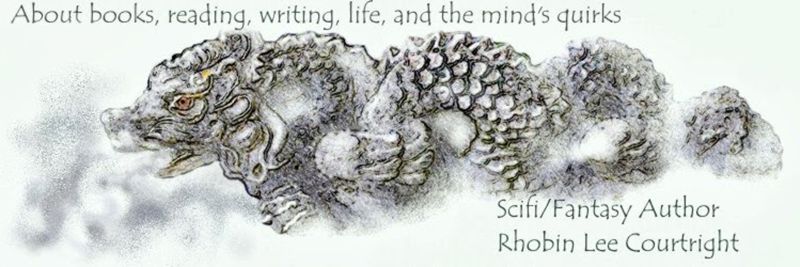Angels Tread is the final volume in the Black Angel series which was published this month. The preface was necessary for readers who have not read the previous volumes to help explain the series and understand this story.
~*~
Lieutenant Jezlynn Chambers was an engineering officer aboard
the United Planets Alliance’s Space Service Corps Embassy Ship the Constant
when it was destroyed. She woke in the mines of Ezredin as a slave, but she
didn’t know who she was and had no memory of her previous life. Another slave, Khajarian
T’Carta Kar, owned her, his guards having given him his royal due as a prince
of Khajari.
Jezlynn had changed. She was no longer one person but became
six different individual personalities. May emerged first. She is deaf, mute, and filled with fear. Any event could trigger a terrifying memory. The
emotional personality Lynn emerged next. She relieved May’s fear and her own
grief through song.
T'Carta escaped the mines, taking Jezlynn with him, but he released
her once they reached safety. During their trip to freedom, Jesse, the social
communicator and perfectionist persona emerged. She could control body time for
the others.
Others emerged. Alyss is
blind, but that does not hamper her logic, perception or insightful planning
and predictions. She prefers no one know about her. Nael is a masculine persona who was an inventor and expert
investigator. He also avoided recognition—being a man in a woman’s body was
hard. Jet emerged last. She was a hyperactive, fun-loving and reckless
military persona, a soldier and pilot who always protects Jezlynn as a whole.
Once free of the mines, May’s unexpected memory of Jezlynn’s
military status made Jesse return to the Service Corps. She learned she had
been deemed a deserter and was transferred to the Rangers to complete her
service obligation, a demotion from her former Corps ‘elite’ status to a common
soldier, or Ranger ‘meat.’ She served during the Alliance-Khajari war, earning
distinguished service medals. Once released from the Rangers, she served on
several trade ships before joining the crew of Sanker Tricome’s pirate ship. On
a stopover at a non-allied space station, she found Commander Thomas Langston,
another of the Constant’s supposed deserters.
When Tom’s father disowned him, his aunt gave him her last
name of Thorson. Together Jesse and Tom decided to find the other Constant
crewmembers deemed ‘deserters’ but were sold
into slavery, a dangerous and expensive endeavor. They financed their searches
by raids on Space Service Corps drone ships, finding Rafe Dakota and Henry
Wakeman, among others. Eventually, Jesse’s ability with finances allowed her
and Tom to proceed legally with the Pilgrim Shipping Lines.
The head of the Alliance’s intelligence department became
aware Chambers was the supposedly mythical pirate, the Black Angel. He demanded
she use her investigative and discovery talents for his purposes. This brought
her to the attention of Undersecretary Corrao, who forced her back into the
Space Service Corps with the mission to prevent another conflict with the
Khajari. Onboard the Sentinel, she was under
the command of Captain Lucien Krayne, the same captain with whom she had fallen in love two years previously while he
investigated the Black Angel’s supposed misdeeds on the Xanthean inhabited
planet Ҫiro.
He is Lu to Jesse, but Krayne to Jet, and Lucien to Alyss.
Jezlynn successfully completed her Service Corps mission, but
now finds herself assigned as an ambassador to negotiate a peace treaty with
the Khajari.



